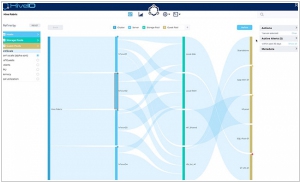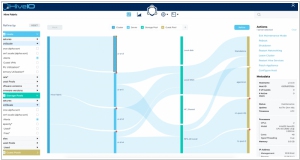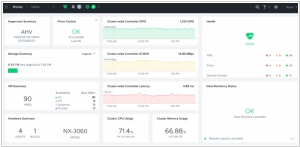HiveIO vs Nutanix
November 27, 2023 | Author: Michael Stromann
HiveIO and Nutanix are both prominent players in the field of hyperconverged infrastructure, but they offer different approaches and features. HiveIO is known for its simplicity and all-in-one solution, providing a software-defined data center platform that integrates compute, storage, and virtualization into a single, cohesive unit. It aims to streamline IT operations and management with a user-friendly interface, making it an attractive choice for small to medium-sized organizations seeking an easy-to-deploy hyperconverged solution. On the other hand, Nutanix is a well-established hyperconverged infrastructure provider that offers a broader range of products and services. It delivers enterprise-grade solutions that cater to a wide range of workloads and deployment sizes. Nutanix's platform includes advanced features like multi-hypervisor support, hybrid cloud integration, and robust data protection options. It is often preferred by larger enterprises looking for a scalable, feature-rich hyperconverged infrastructure solution with extensive support and a proven track record.
See also: Top 10 Virtualization platforms
See also: Top 10 Virtualization platforms
HiveIO vs Nutanix in our news:
2019. HiveIO Hive Fabric 7.4 allows to deploy virtualization technology without vendor complexity

HiveIO has introduced version 7.4 of Hive Fabric, a solution designed for Artificial Intelligence (AI) capabilities. This solution enables organizations to deploy virtualization technology without the complexities associated with multiple vendors or the necessity for specialized personnel. In the latest release, users have the option to enhance the security of the desktop broker by enabling two-factor authentication (2FA), requiring end-users to provide both a password and an additional form of validation to access their desktop. Additionally, the introduction of Gateway Mode allows users to deploy a server or virtual machine (VM) running Hive Fabric in a demilitarized zone, effectively bolstering the overall security of the environment by separating roles and responsibilities for each server. Furthermore, administrators now have the convenience of uploading updates or new versions and applying them across the entire cluster with a single click.





